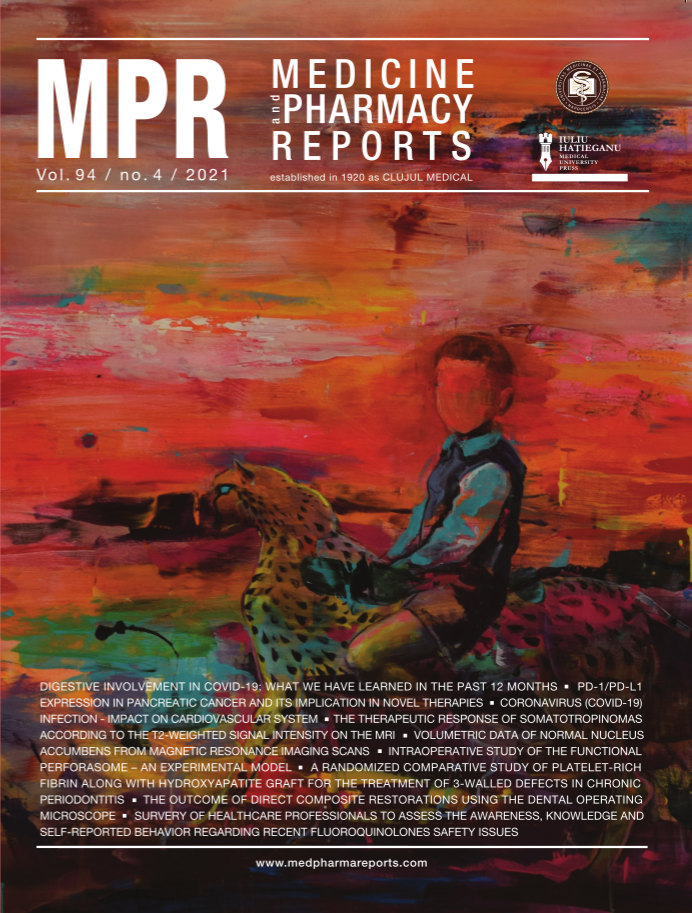Maximizing patient benefit through a reversed pathway from specialist to generalist: the case of chronic pain
DOI:
https://doi.org/10.15386/mpr-1873Keywords:
primary health care, polymyalgia rheumatica, fibromyalgia, herpes ZosterAbstract
Polymyalgia Rheumatica (PMR) is a syndrome characterized by chronic pain and/or stiffness in the neck, shoulders or upper arms and hips. It affects adult patients usually over 50 years old and is treated with low-dose oral corticosteroids. In this case, a 68-year-old female with a history of PMR, diagnosed by a specialist sporadically seen in the past, presented to a primary care physician due to herpes zoster (HZ) infection. Thorough history taking, along with a careful review of previous laboratory results, raised serious doubts concerning her diagnosis (PMR). Because the patient described diffuse pain throughout her body, sleep disturbances and a depressed emotional state, fibromyalgia was suspected instead and appropriate treatment was given. The patient remained free of symptoms and corticosteroids for almost a year. Information from this case may help to point out that PMR is a disorder that can be easily confused with other chronic pain conditions with similar manifestations, especially when the initial diagnosis is sped up in terms of consultation depth and care continuity. Under certain circumstances, primary care can lead to improved clinical outcomes.
Downloads
Published
How to Cite
Issue
Section
License
The authors are required to transfer the copyright of the published paper to the journal. This is done by agreeing to sign the Copyright Assignment Form. Whenever the case, authors are also required to send permissions to reproduce material (such as illustrations) from the copyright holder.

The papers published in the journal are licensed under a Creative Commons Attribution-NonCommercial-NoDerivatives 4.0 International License.

